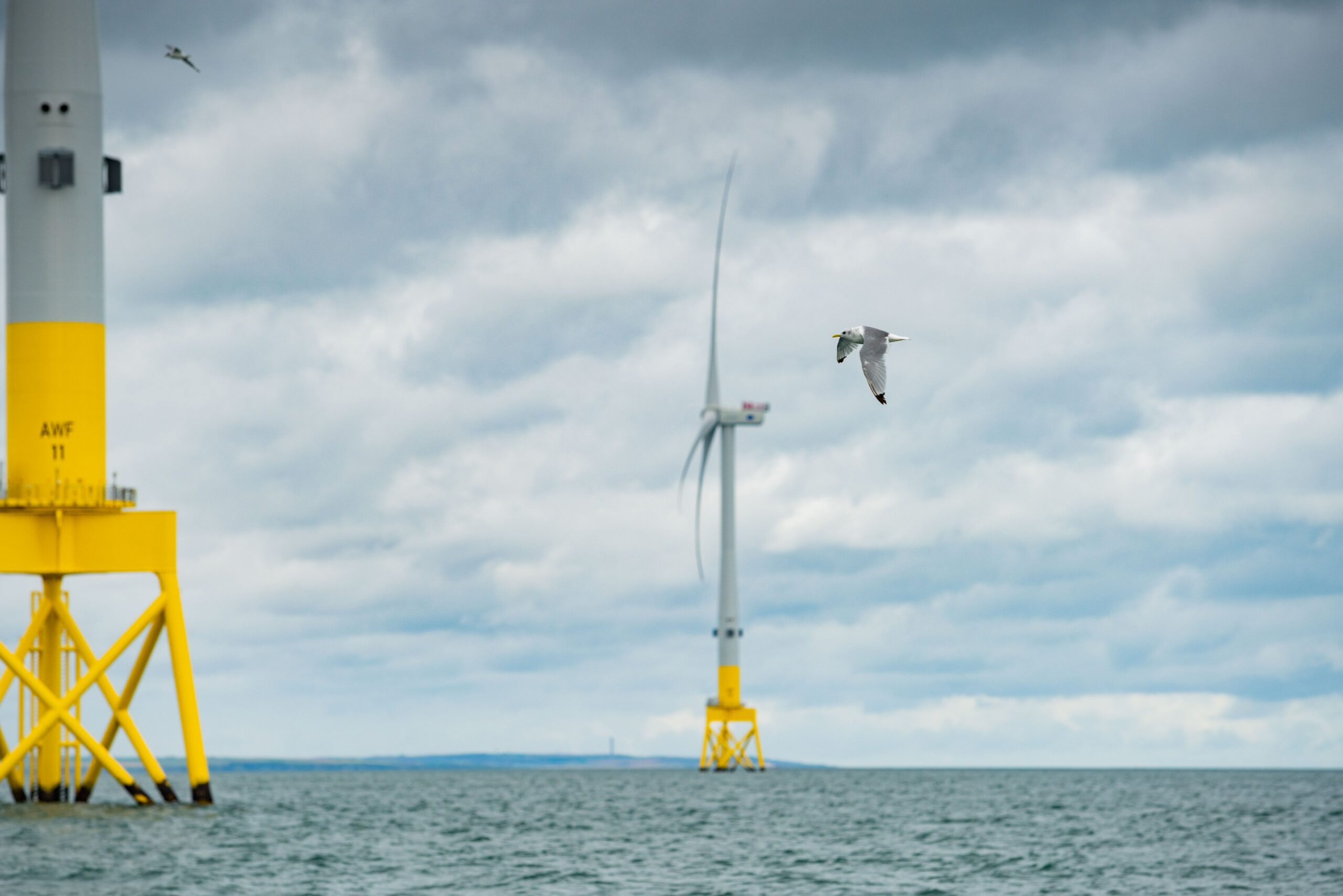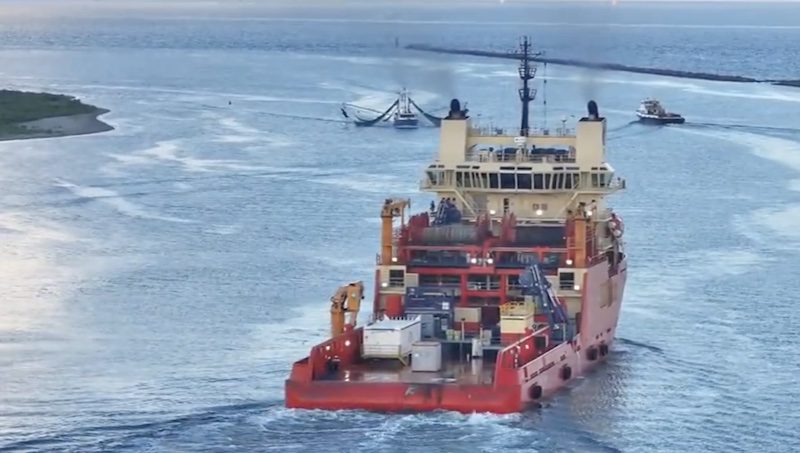Offshore wind energy critics often cite the risk of collision with birds as an argument against the use of wind power. But a new study conducted by European energy company Vattenfall shows that offshore wind turbines at one UK wind farm are much less dangerous to birds than previously thought, a step towards debunking common claims that turbines are a major contributor to bird mortality.
Vattenfall’s study looked at seabird behavior over a period of two years at the Aberdeen Offshore Wind Farm located in the North Sea on the east coast of Scotland. The company describes the study as most comprehensive and technologically advanced in the field to date, using radar and cameras to monitor how birds behaved.
What did the study find? Not a single collision between a bird and a blade was recorded. In fact, seabirds actually deliberately avoid wind turbine rotor blades offshore.
“That’s the most important finding,” says Henrik Skov, who led the project. “People have claimed that very costly solutions would be needed to ensure birds avoid collisions (with wind turbine blades), but the species we’ve tracked do a great job of avoiding them. They seem highly capable of surviving in a wind power environment.”
The study looked at the movements of herring gulls, gannets, kittiwakes, great black-backed gulls in detail from April to October, when bird activity is at its height.
The results show that birds’ movement patterns adapt to rotor blades at approximately 120 meters and become increasingly precisely adapted the closer the birds come to the rotors.
There were also some variations between the seabirds studied. The herring gulls and kittiwakes showed horizontal avoidance further away from rotor blades, 90–110 meters and 140–160 meters respectively, while the gannets and great black-backed gulls only exhibited avoidance behavior at 40 and 50 meters from the tips of rotor blades.
Researchers combined radar data with cameras to identify the species of seabird and create a three-dimensional image of birds’ flight patterns and how they avoid rotor blades.
“The interesting thing about the combination of the two is that we were always able to know where each bird was, which is important when you want to understand what a bird is doing, and where in a wind farm,” explains Skov. “At intervals of two and a half seconds, we know exactly where the birds are in a three-dimensional world, and we can describe what they’re doing in relation to wind turbines, the distance to them, and current weather conditions.”
“The back of the turbines, on the leeward side, also creates turbulence that affects birds’ behaviour. So, this is another factor to include in the calculations, in addition to weather and wind. This kind of detailed study has never been done before,” Skov adds.
Vattenfall said the results could potentially pave the way for simpler permit processes for offshore wind power.
“Significant uncertainty surrounds collision risk predictions in environmental impact assessments,” says Robin Cox, Vattenfall’s project manager for the study. “This has led to an unnecessarily cautious approach to the issue and more or less every project has exaggerated the risk of birds colliding with blades. In the research world, it’s been believed that this cumulative impact of collision is greater than the population of these seabirds can withstand which clearly has a negative impact on permit processes. With this project, we’ve been able to collect data that we hope can be used to improve our ability to predict collision risks more accurately and thus allow more realistic figures to be derived for estimates of the cumulative effect of wind farms in the North Sea.”
Cox explains that collision risk modeling to date has used static model inputs and basic assumptions, but the new study has been able to focus in more detail on individual birds’ flight behavior. The project was also conducted over a longer period of time to make it as accurate as possible.
“We wanted the project to run for two years so we could see variations in activity and behavior over time,” says Cox.
While Vattenfall acknowledges that the study only looked four bird species at a single offshore wind firm, the model used can be applied to more types of seabirds, or to onshore wind power.
“This is the first time that any kind of bird species has been studied this closely and in detail at an offshore wind farm. And these birds are really good at avoiding the turbines. Now we need studies on more varieties,” Skov says.
Unlock Exclusive Insights Today!
Join the gCaptain Club for curated content, insider opinions, and vibrant community discussions.

 Join The Club
Join The Club













